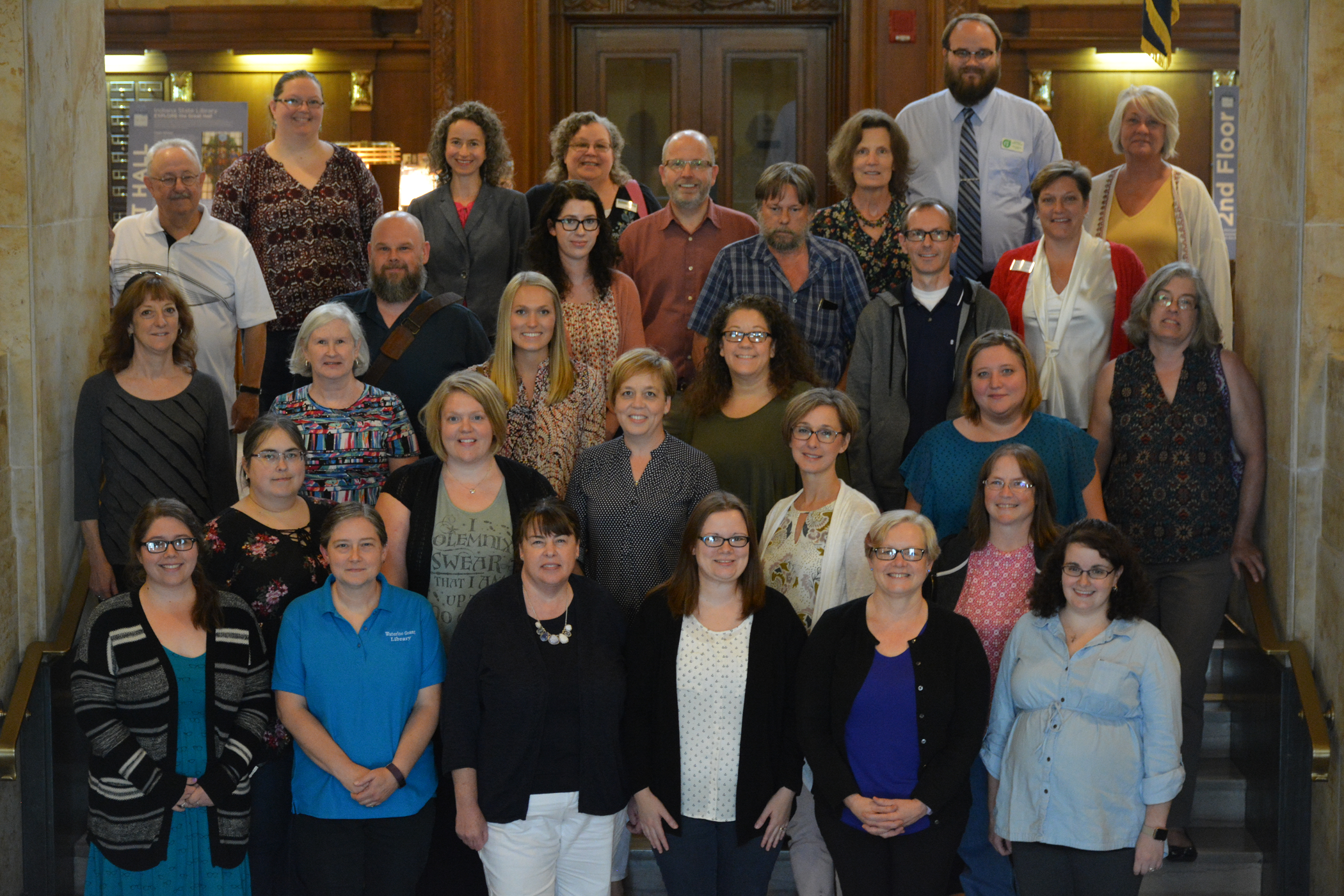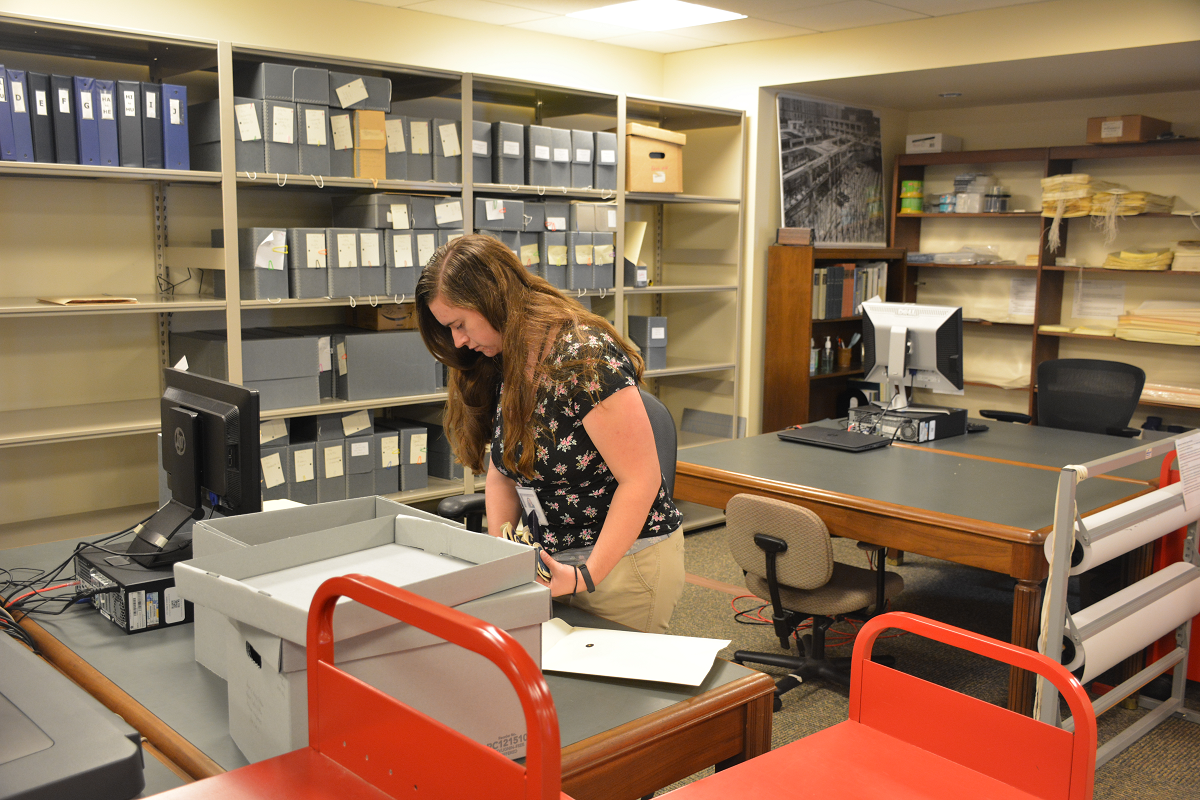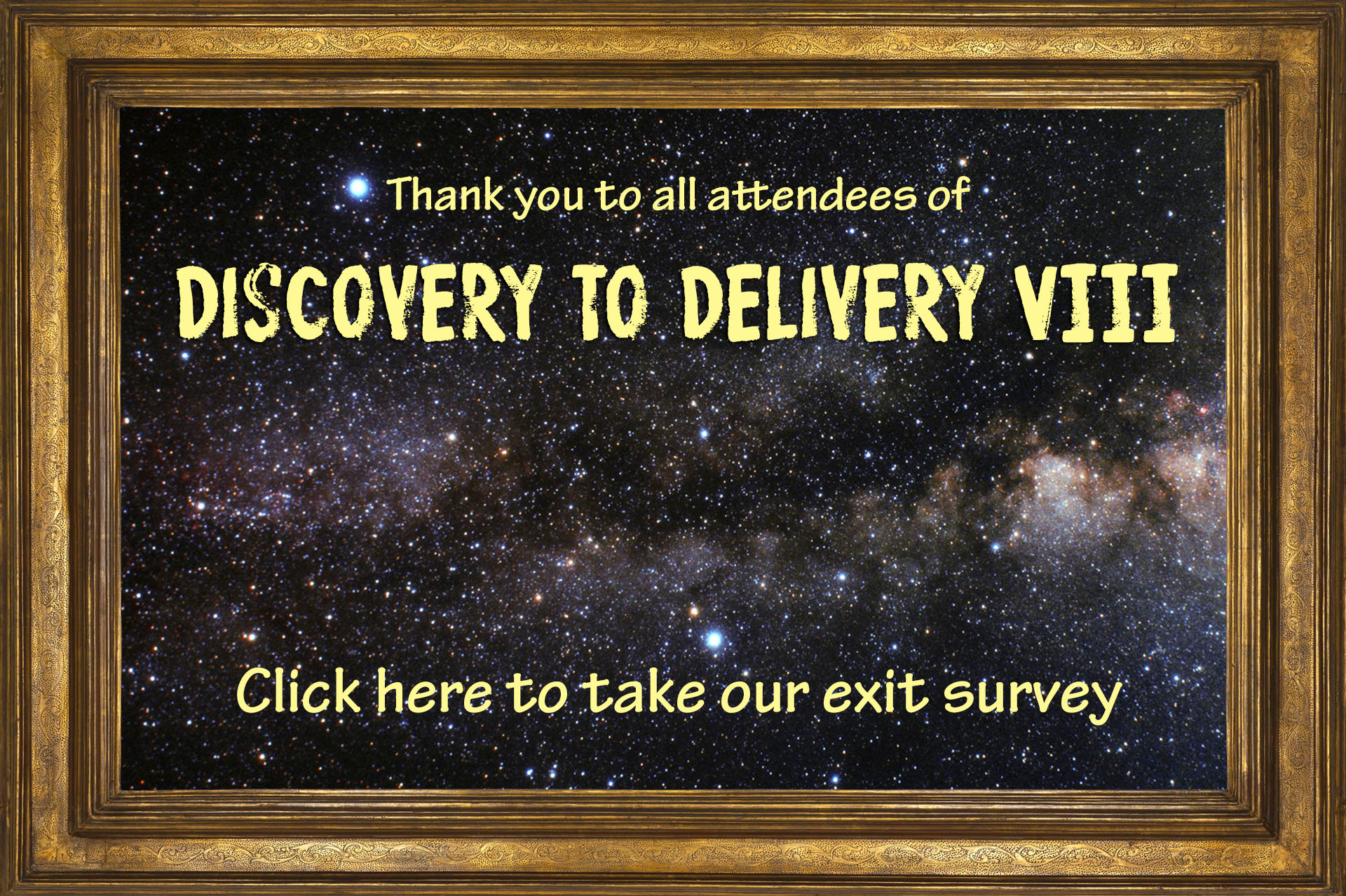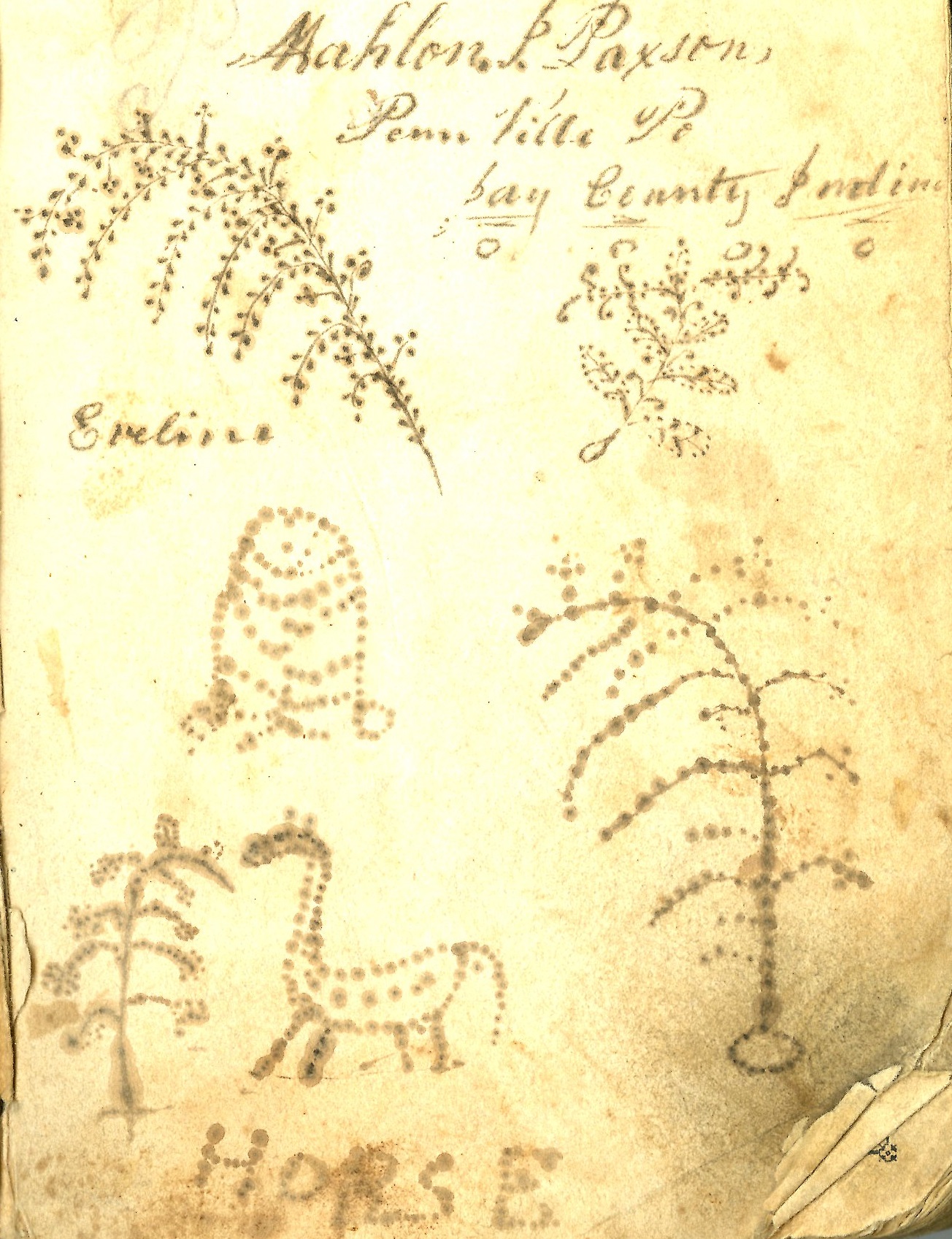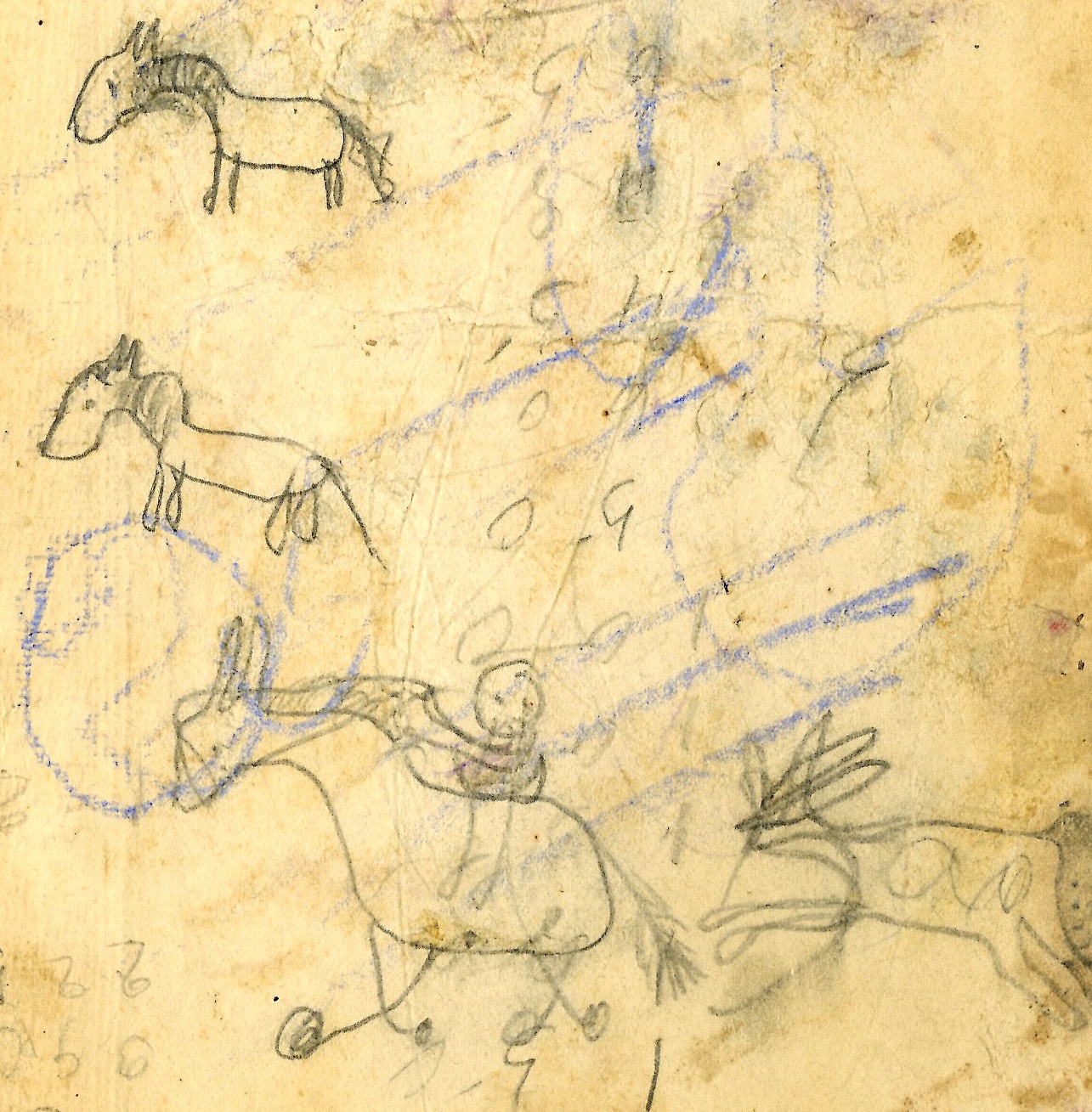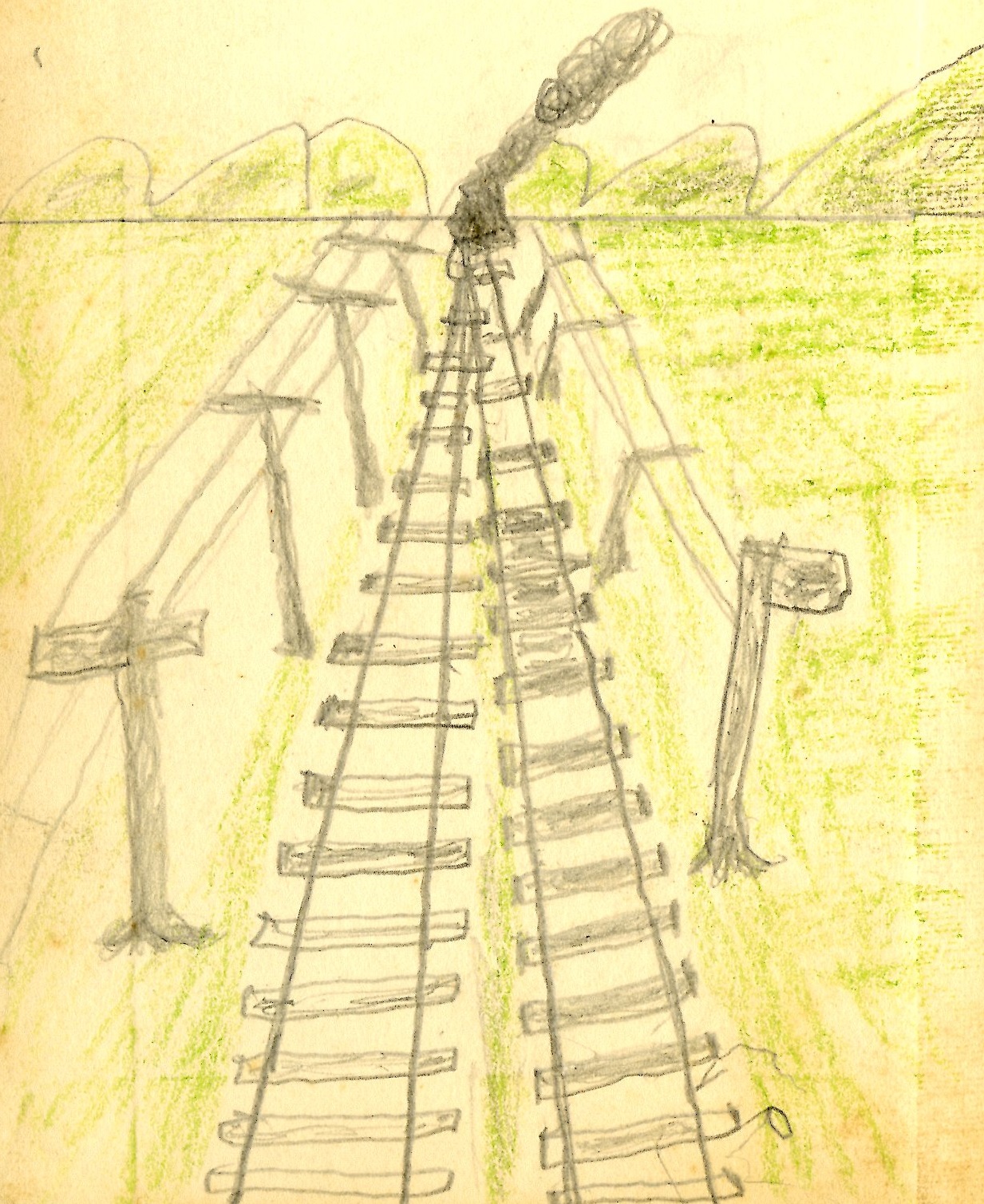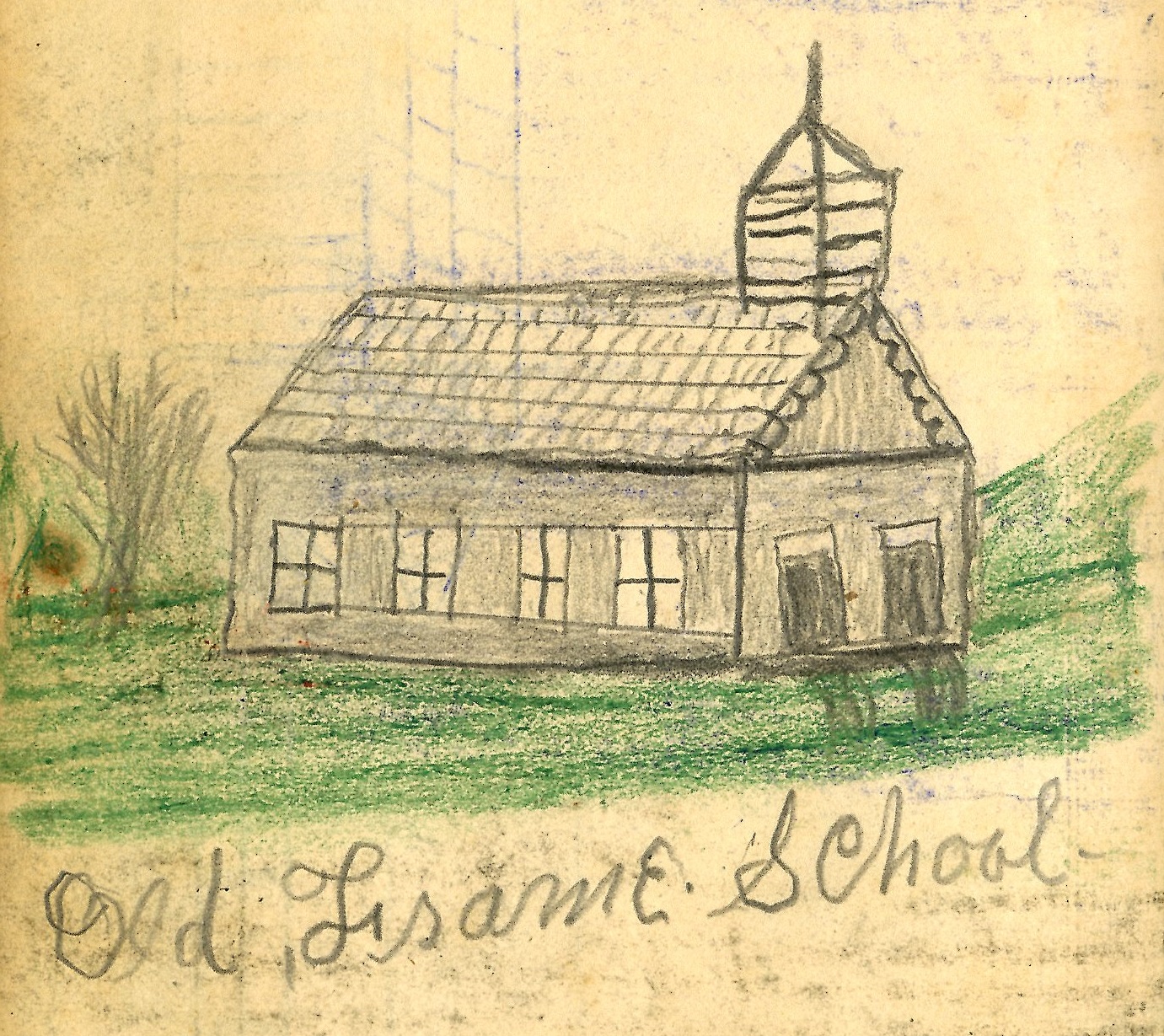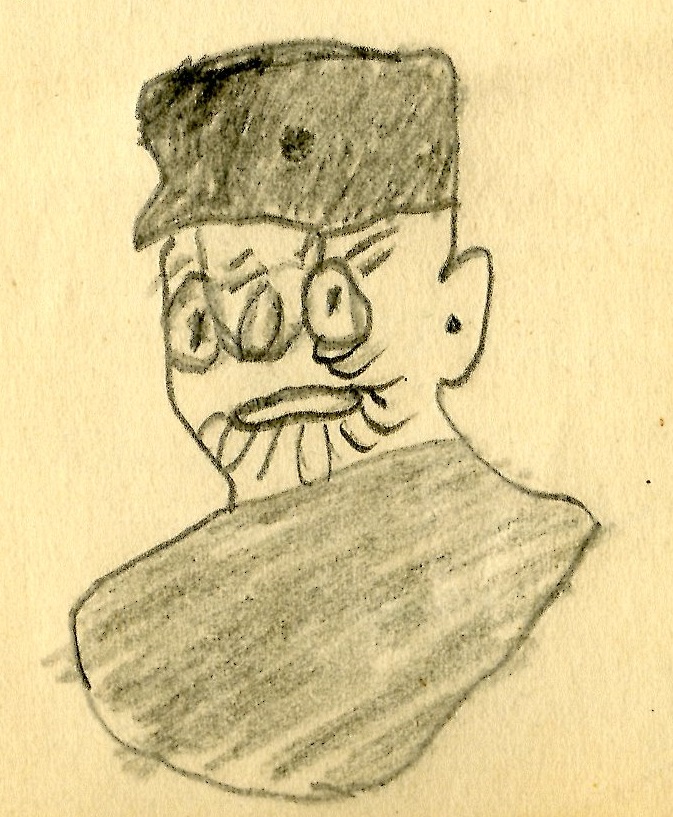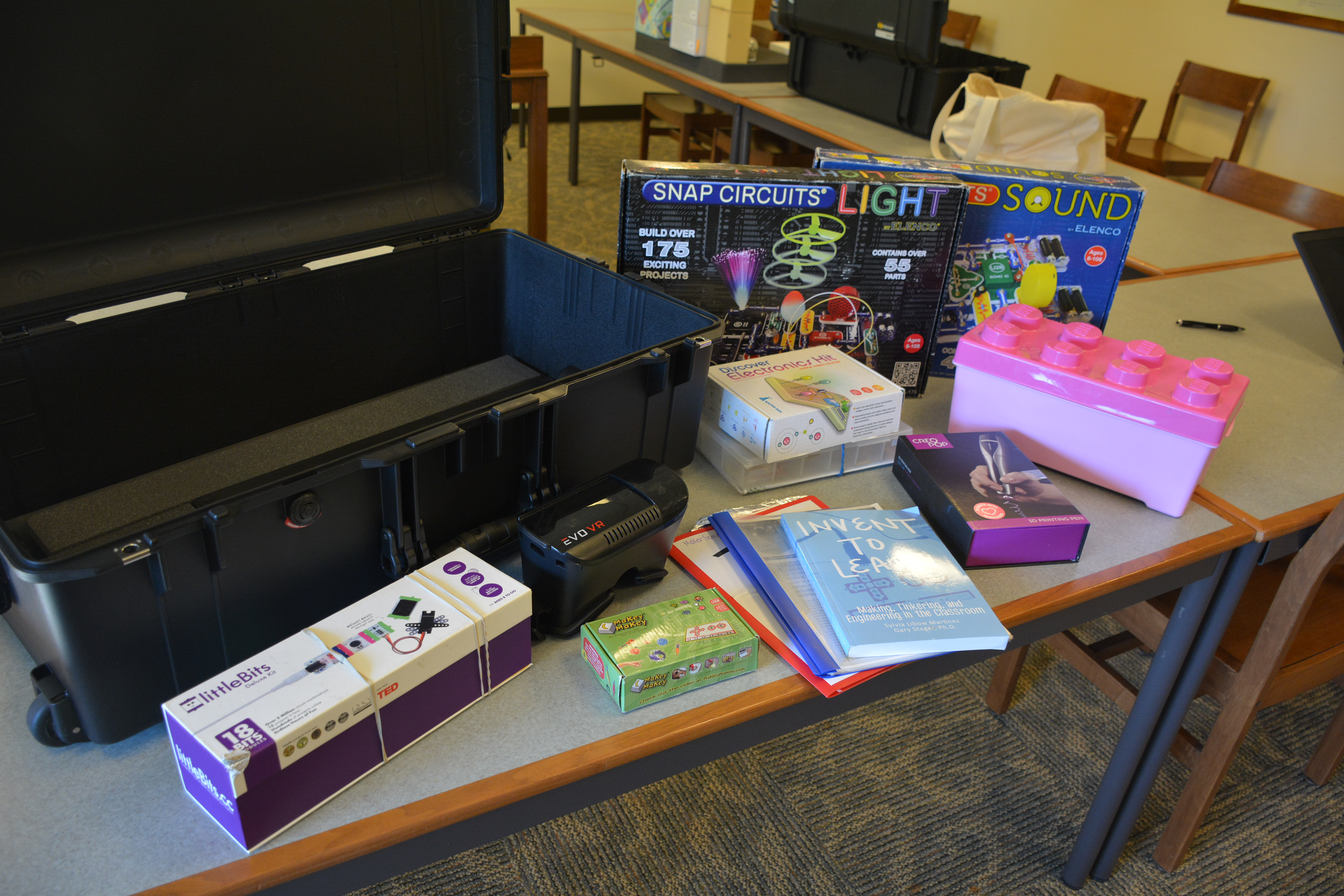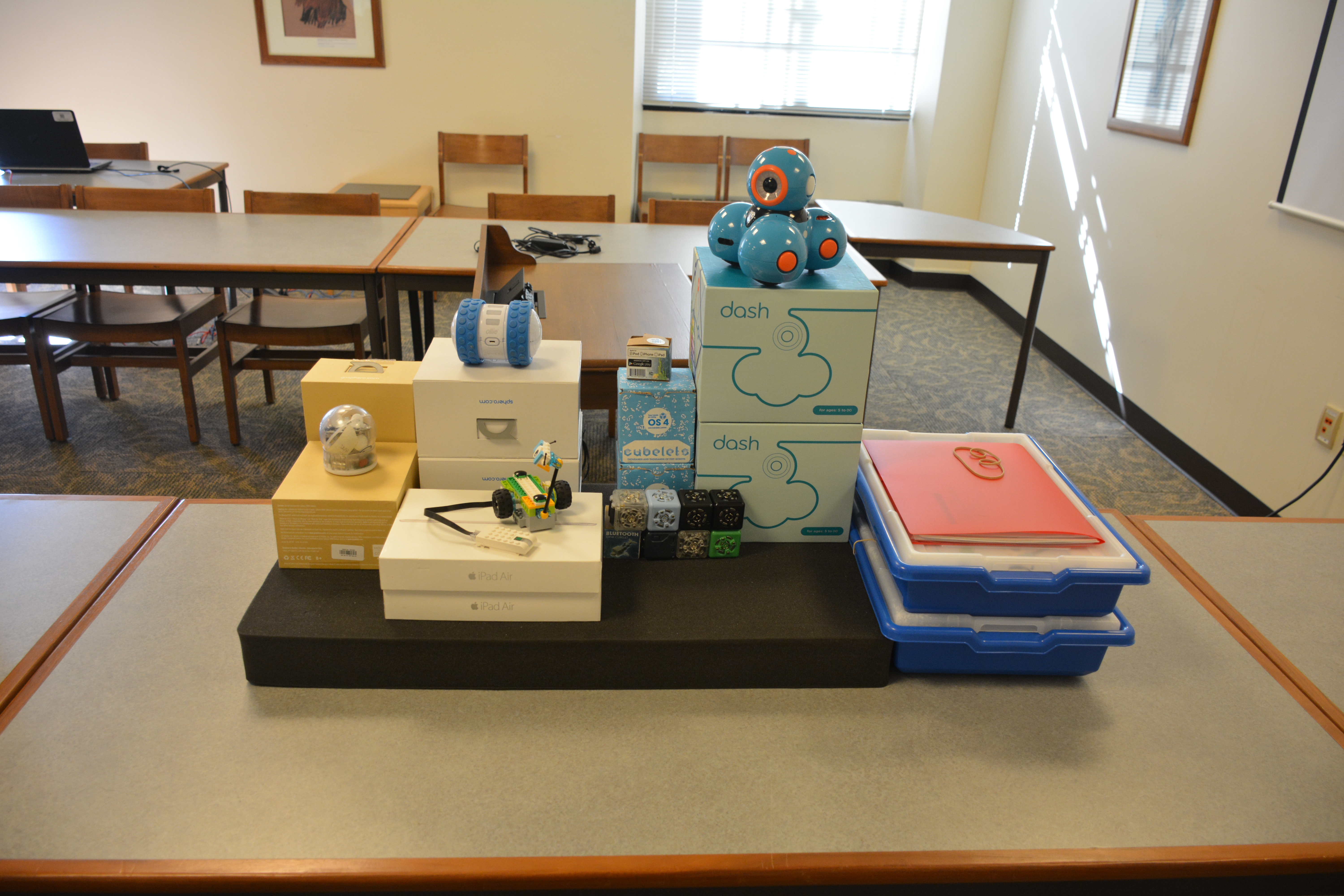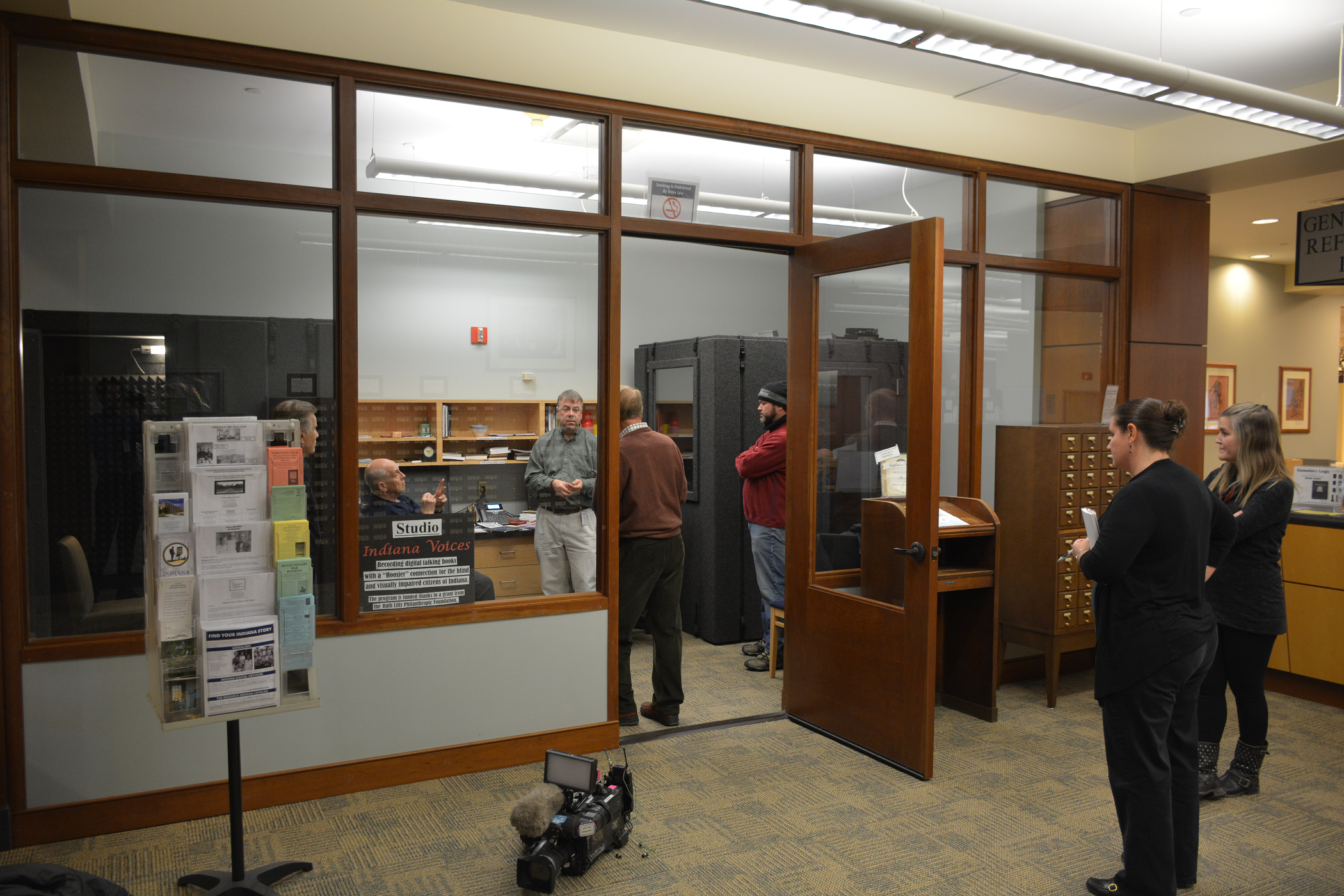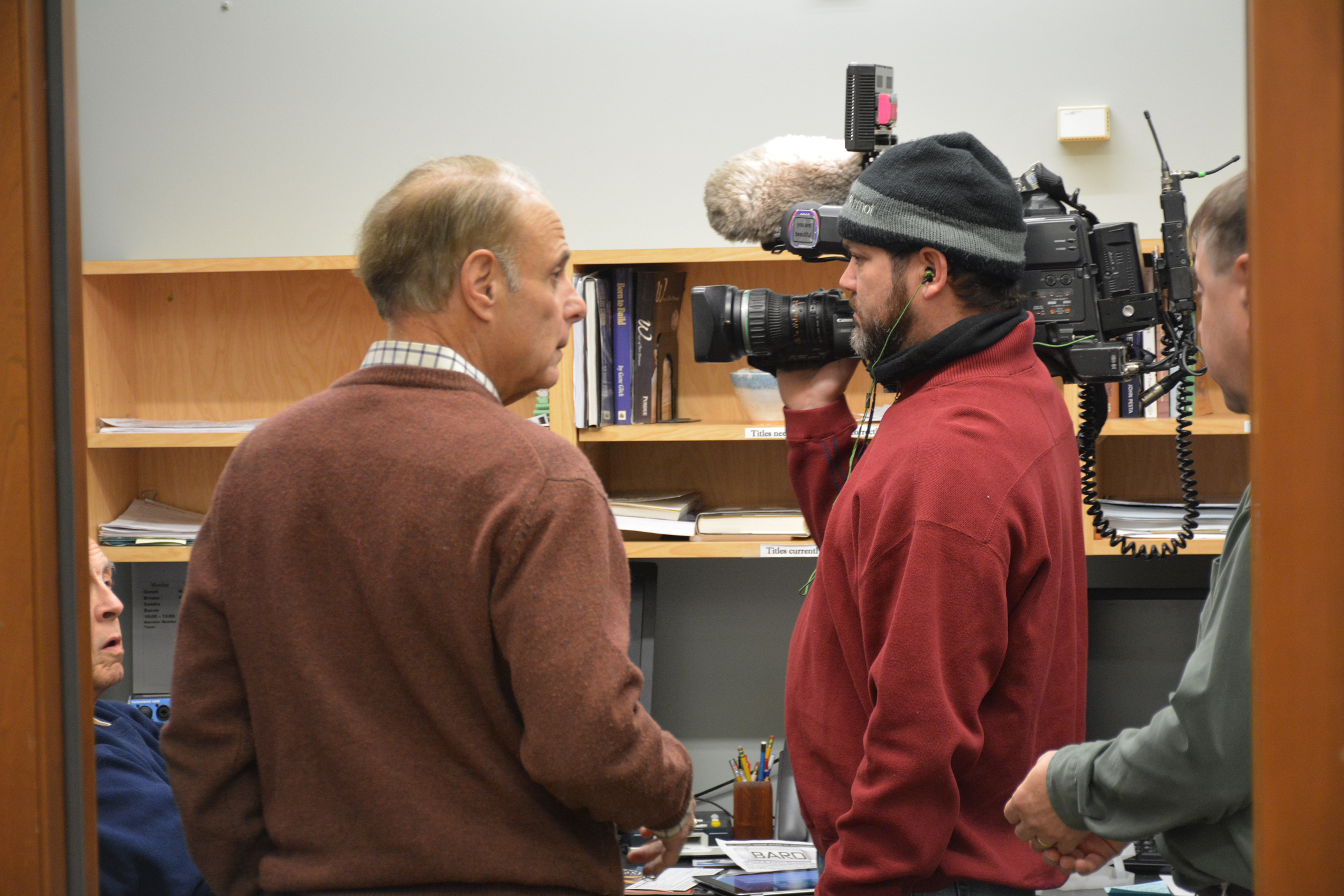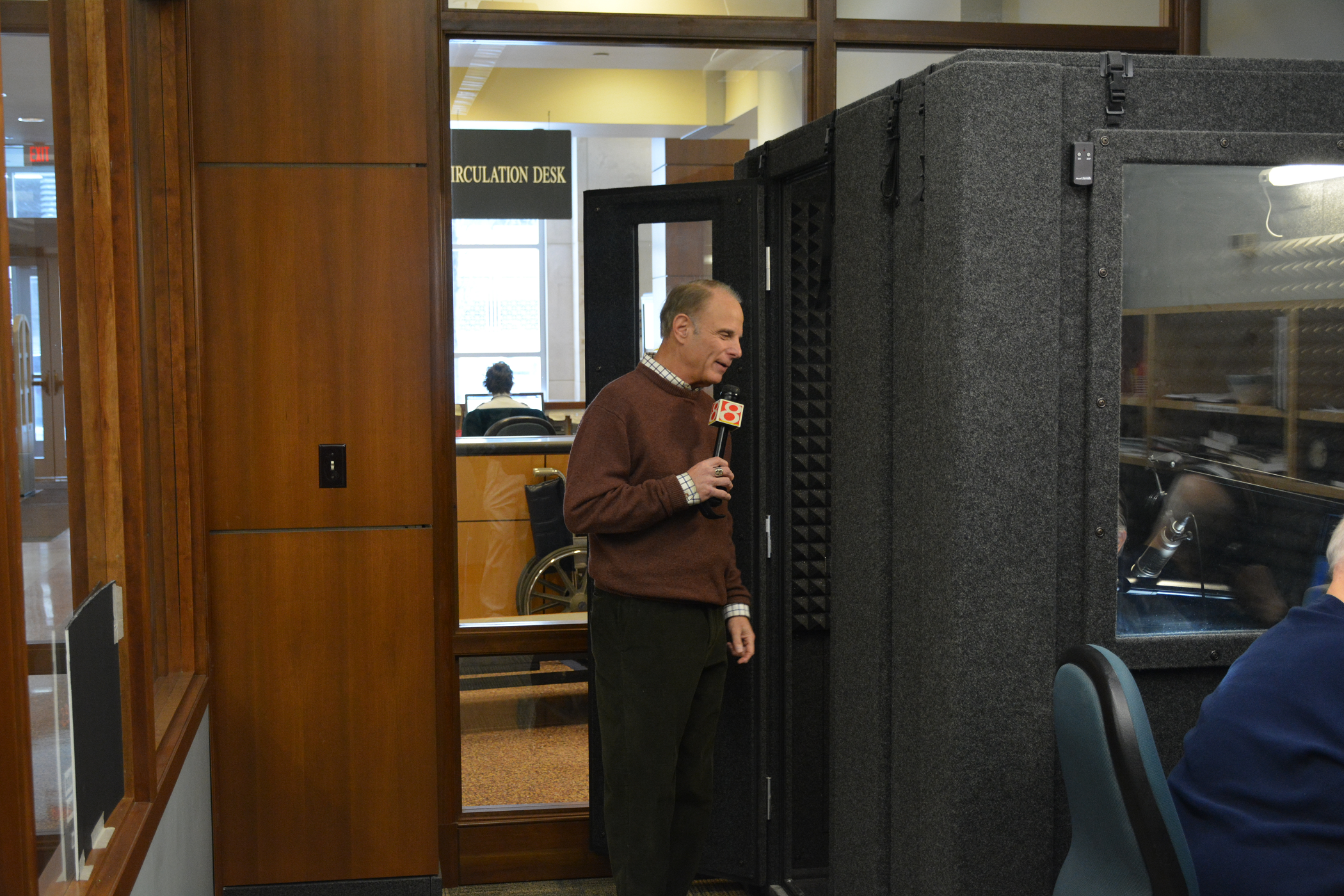“You don’t have to be big to think big.”
“Create bolder goals.”
“Do most things well instead of all things mediocre.”
“Size is relative, not potential.”
“Focus on the things to be grateful for.”
“Small is not the same as less; look at what we do have!”
These quotes are a few of my favorites that I heard at the Association for Rural and Small Libraries Annual Conference, themed “Linking Libraries in the Lincoln,” that took place in Springfield, Illinois on Sept. 12-15, 2018. I have to say, this was one of the best national library conferences I have ever attended! The mission of the Association for Rural and Small Libraries is to provide “resources and support that empower those in small and rural libraries to deliver excellent service for their communities.” It’s also “a network of persons throughout the country dedicated to the positive growth and development of libraries.”
I had heard so many great things about the ARSL group. For years on the Indiana library Listservs I would see posts from Julie Elmore praising this group and how valuable it is for small and rural libraries. I finally got to see if for myself, as I joined ARSL earlier this year. On the ARSL Listserv you could tell that people were so psyched about the conference and the chance to meet new and old friends. The excitement was palpable! There are libraries out there that only have one staff person, which is why this group is so important. It can be very lonely working by yourself, but having the support and guidance of this group is priceless.
This year’s annual conference was originally capped at 500 people, but due to an overwhelming response, which saw the conference sell out in three weeks, an additional 250 attendees were accommodated! The conference committee, chaired by Elmore, director of the Oakland City Columbia Township Public Library in Oakland City, Indiana, did an amazing job finding overflow hotel space, rearranging layouts and wading through numerous wait lists.
Forty-nine of the 50 states were represented at this conference. In the picture, you see 26 librarians from Indiana alone, though many other Hoosier librarians didn’t make the picture. We had many opportunities to network with dine-arounds, trivia night and special tours of the Illinois State Library. I met some very cool librarians from states all over the country, including Colorado, Illinois, Iowa, New York, North Dakota, Texas, Washington and Wisconsin. I met a lovely lady who said that the conference was a like a vacation for her because she’s the mother of seven kids!
There were so many presentations I wanted to see and despite a few being repeated, I ran out of time. The presentations were extremely practical and ran the gamut of what libraries are doing: library of things, coding, strategic planning, marketing and storytimes. Programming ideas included “Adulting 101” and an “Escape Room @ the Library.” Small and rural libraries are used to wearing many hats, so they know how to do it all and the awesome presentations reflected that fact.
Along with the presentations, we had excellent keynote speakers. President Abraham Lincoln, portrayed by historical presenter Kevin Wood, brought history to life with some of his recollections and insights. Author and Illinois native Elizabeth Berg stressed that “no place ever felt quite like home, except a library.” Librarian of Congress Dr. Carla Hayden joined us via live stream and talked about ways that the Library of Congress can truly be the library of the United States. Part of their strategic plan is to do more outreach and open up resources. Dr. Hayden said one way that libraries can take advantage of this is to live stream Library of Congress programs at their own libraries.
“Linking Libraries in the Lincoln” was a resounding success! There was such an overwhelming feeling of camaraderie among attendees who shared successes, encouraged each other and learned new things from passionate professionals. I definitely recommend attending this conference; you won’t be sorry you went. So be sure to mark your calendars for 2019. There is already a countdown clock for the next ARSL conference on Sept. 4-7, 2019 in Burlington, Vermont. ARSL 2020 will be back in the Midwest – YEAH!
This post was written by Northeast Regional Coordinator Paula Newcom, Professional Development Office.





